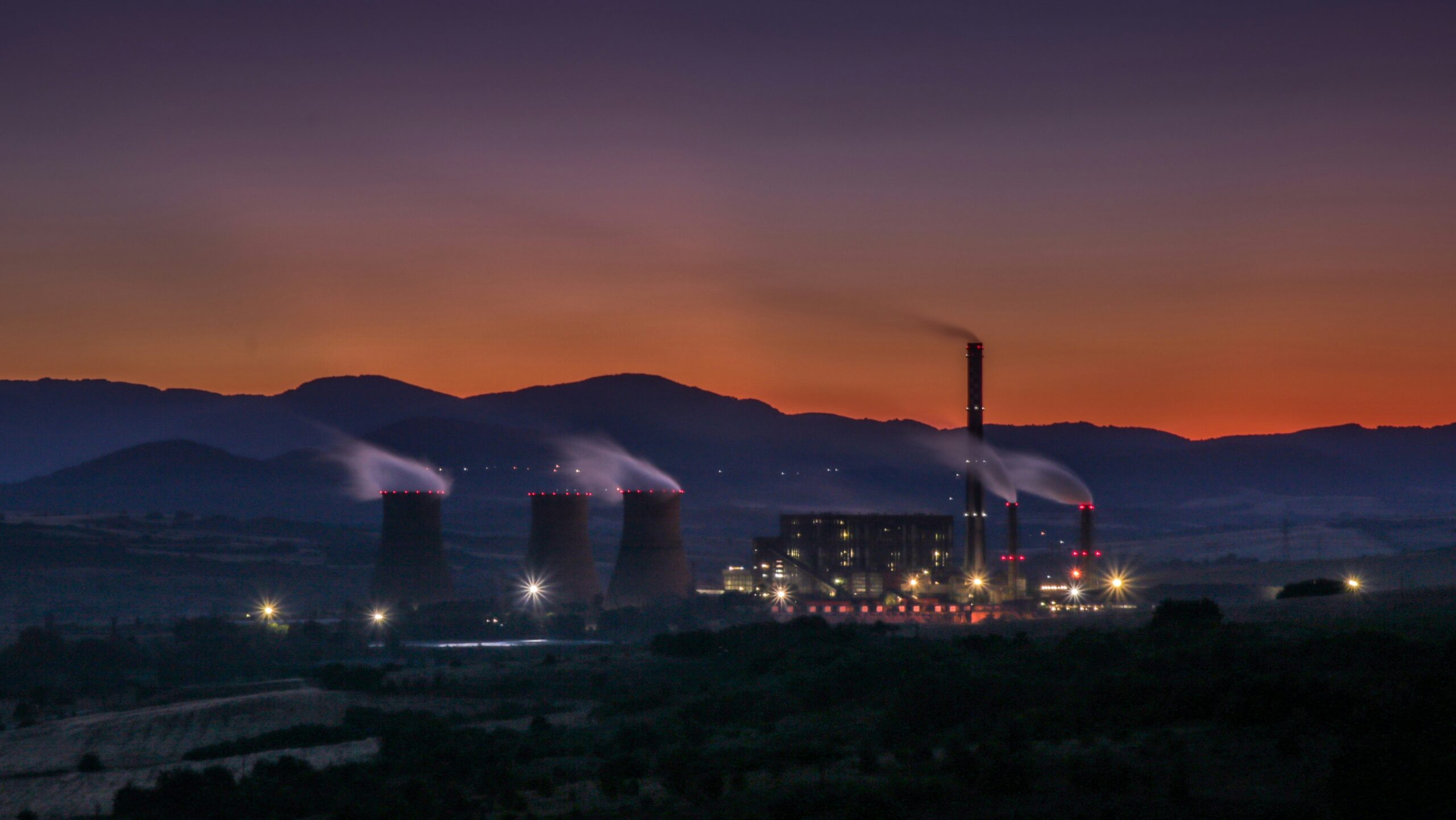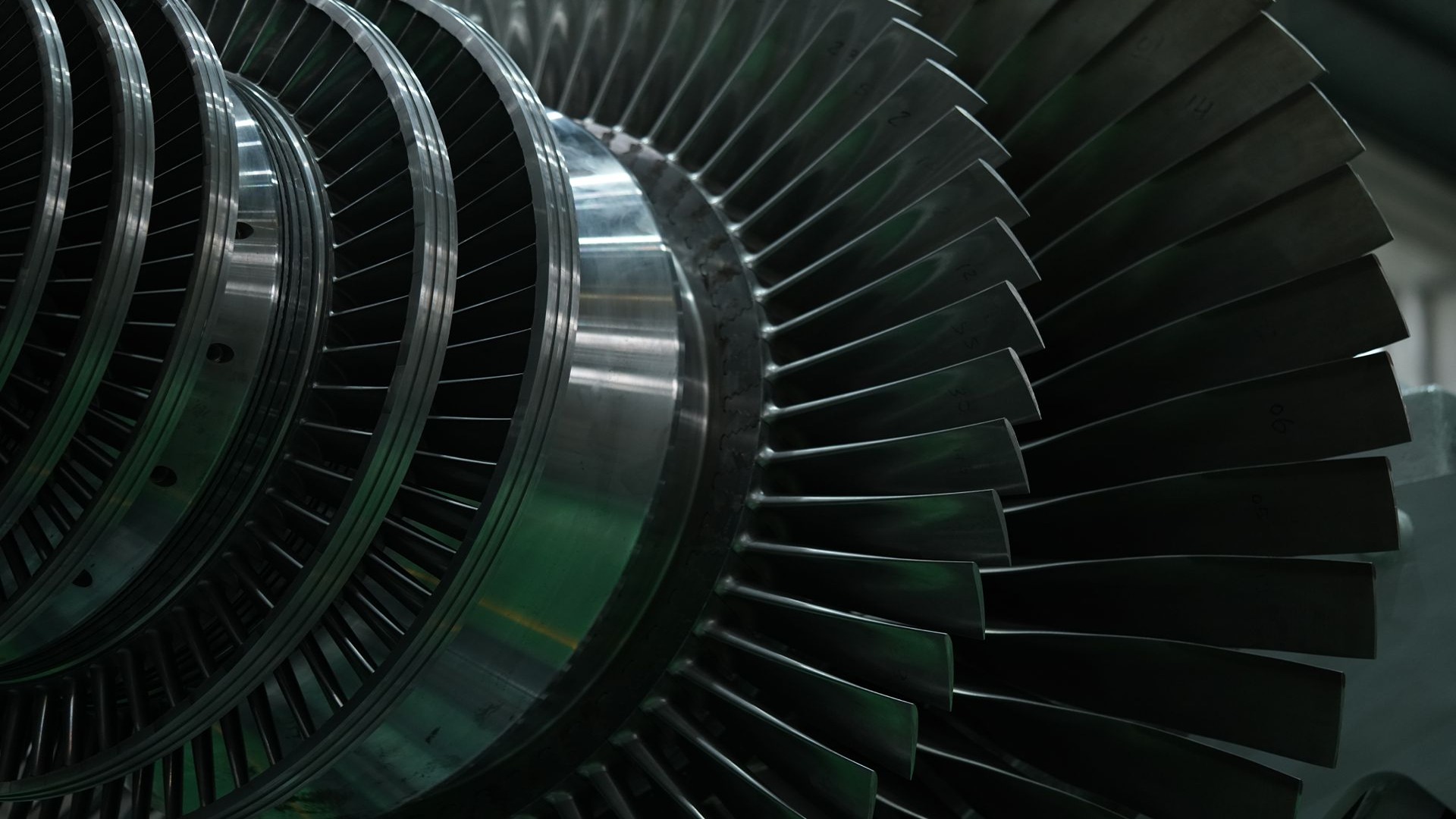
How Does Thermal Power Plant Turbines Work?
Thermal power plants are vital for electricity production, converting heat energy into electrical power. At the heart of this process lies the thermal power plant turbine, a key component that converts steam energy into mechanical power to drive generators.
In applications ranging from Industrial Captive Power Plants, Independent Power Producers (IPPs), to Oil & Gas Plants, and Geothermal Power Plants, the efficiency and reliability of steam turbines play a crucial role in determining the operational costs.
The Working Principle of a Thermal Power Turbine
A steam turbine operates on the fundamental principle of thermodynamics. It converts heat energy into mechanical energy, which is then transformed into electrical energy. The process involves several key steps:
- Fuel Combustion & Steam Generation
- In conventional thermal power plants, coal, natural gas, biomass, or waste-to-energy fuels are burned in boilers to produce heat.
- This heat converts water into high-pressure steam, which becomes the driving force for the steam turbine.
- Steam Expansion & Energy Conversion
- The high-pressure steam enters the steam turbine, where it expands through multiple stages.
- The kinetic energy derived from the steam spins the blades of the steam turbine, which drives the connected generator.
- Electricity Generation & Heat Recovery
- The mechanical energy generated by the steam turbine is converted into electrical energy with the help of an alternator.
- In modern thermal power plant components, waste heat is often recovered and reused to improve efficiency, reducing fuel consumption and enhancing sustainability.
Types of Steam Turbines in Thermal Power Plants
Different types of thermal power plant turbines are used depending on power plant requirements and fuel sources:
- Condensing Steam Turbines
- Used in large-scale power plants where the steam is fully expanded and condensed to extract maximum energy.
- Commonly found in Utility Power Plants and Independent Power Producers (IPPs).
- Backpressure Steam Turbines
- Ideal for Industrial Captive Power Plants, where the steam exiting the turbine is utilized for industrial heating or processes.
- Ensures high energy optimization by combining power and heat generation.
- Extraction-Condensing Steam Turbines
- Designed for power plants that require both electricity generation and industrial steam supply.
- Used in Oil & Gas Plants and large manufacturing industries.
The Role of Steam Turbines in Sustainable Power Generation
The global shift toward cleaner energy calls for more efficient and environmentally friendly power solutions. Modern thermal power turbines incorporate sustainable technologies that support industries in reducing their carbon footprint.
- Energy Optimization: Advanced high-efficiency steam turbines ensure maximum power output with minimal fuel consumption.
- Waste-to-Energy Applications: Many power plants now use biomass and industrial waste to generate steam, reducing reliance on fossil fuels.
- Environmental Impact Reduction: Innovations like 3D printing and scanning enhance the steam turbine’s efficiency, extending operational life and reducing resource waste.
As industries’ worldwide transition to sustainable power solutions, Triveni Turbines remains at the forefront of green technology and energy transition. Contact us to learn more about our customized steam turbine solutions and find out how we can help boost your power plant’s efficiency and sustainability.
